How Food Presentation Tricks Your Brain Into Eating Better and Enjoying More
Have you ever noticed your appetite surging at the sight of a beautifully plated dish? Food presentation isn’t just about aesthetics—it’s a powerful psychological tool that significantly influences taste perceptions, appetite, and overall dining enjoyment. Scientific studies reveal that the visual appeal of food activates specific brain regions associated with pleasure, anticipation, and reward, enhancing our dining experiences even before the first bite. By understanding how visual cues affect our brains, we can leverage simple presentation techniques to encourage healthier eating habits, heighten flavor perceptions, and make meals more satisfying. Let’s explore how your eyes truly are the first to feast.
1. Plate Color Influences Appetite
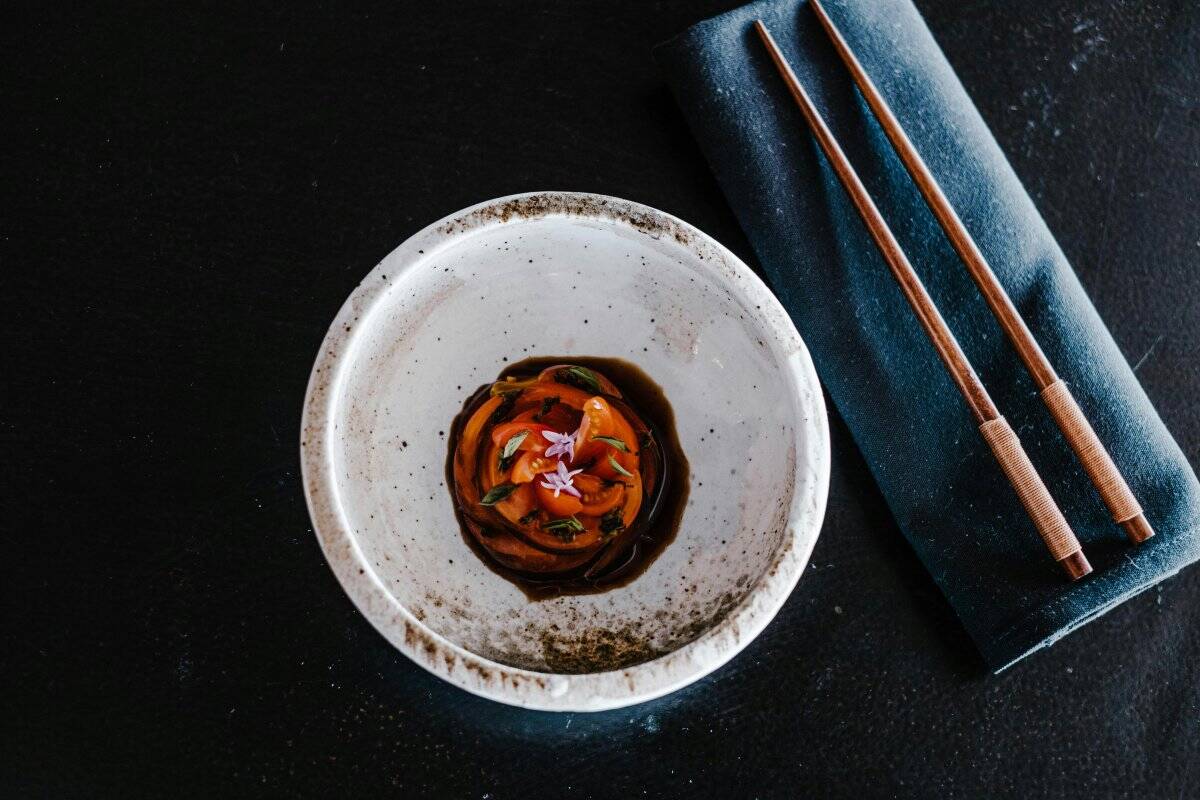
Believe it or not, the color of your plate can subtly guide how much you eat. Research indicates that using a plate color contrasting with your food—such as serving pasta with red sauce on a white plate—makes you more mindful of portion sizes, often resulting in reduced overeating. On the other hand, food served on plates of similar colors can blend visually, causing portions to appear smaller and leading to increased consumption. Patterned plates, while visually appealing, may inadvertently distract your attention, making it harder to gauge accurate portion sizes. Choosing the right plate color can thus be an effective strategy to naturally regulate your appetite.
2. Symmetry Enhances Perceived Taste
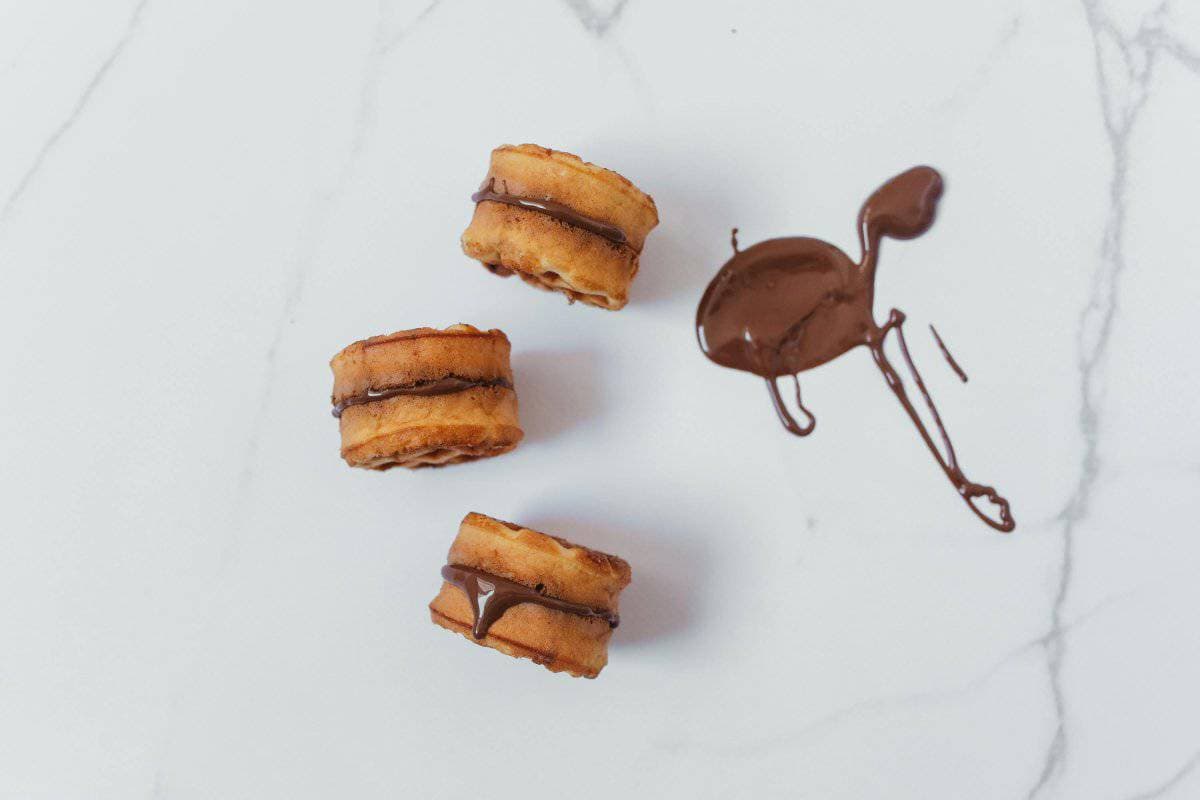
Our brains instinctively associate symmetry with quality, balance, and care—especially when it comes to food presentation. Symmetrically arranged dishes suggest meticulous preparation, leading diners to anticipate a more flavorful and enjoyable experience. For instance, desserts with mirror-image garnishes or sushi pieces neatly aligned in symmetrical rows often appear tastier and more appealing than randomly plated alternatives. In contrast, asymmetrical plating might seem casual or hastily prepared, subtly diminishing perceived quality. By thoughtfully arranging elements on the plate in a balanced, symmetrical manner, chefs and home cooks alike can elevate diners’ expectations, enhancing the overall sensory experience even before the first bite.
3. Height Adds Gourmet Appeal

Elevating a dish—quite literally—by stacking or layering ingredients immediately enhances its perceived value and gourmet appeal. Food presented with height conveys sophistication, skill, and creativity, qualities often associated with fine dining experiences. Consider the contrast between a flatly plated salad and one artfully layered, with greens, vegetables, and proteins strategically stacked: the taller presentation instinctively appears tastier and more refined. Similarly, desserts served in vertical arrangements, such as layered mousse or towering cakes, evoke a sense of indulgence and luxury compared to flatter alternatives. By simply adding height to your dishes, you tap into visual cues that transform ordinary meals into extraordinary dining experiences.
4. Garnishes Stimulate Appetite

A thoughtfully chosen garnish does more than merely decorate a dish—it actively increases its visual allure, stimulating your appetite through vibrant colors, fresh aromas, and enticing textures. Adding a sprinkle of fresh parsley atop a pasta dish introduces a vibrant color contrast, signaling freshness and enhancing perceived flavor even before tasting. Similarly, thin slices of citrus fruit alongside seafood dishes or colorful edible flowers on desserts instantly elevate visual appeal, creating anticipation and excitement. These subtle embellishments provide a sensory cue to your brain, indicating that the meal is carefully crafted and delicious, making you eager and enthusiastic to savor every bite.
5. Odd Numbers Are Visually Pleasing
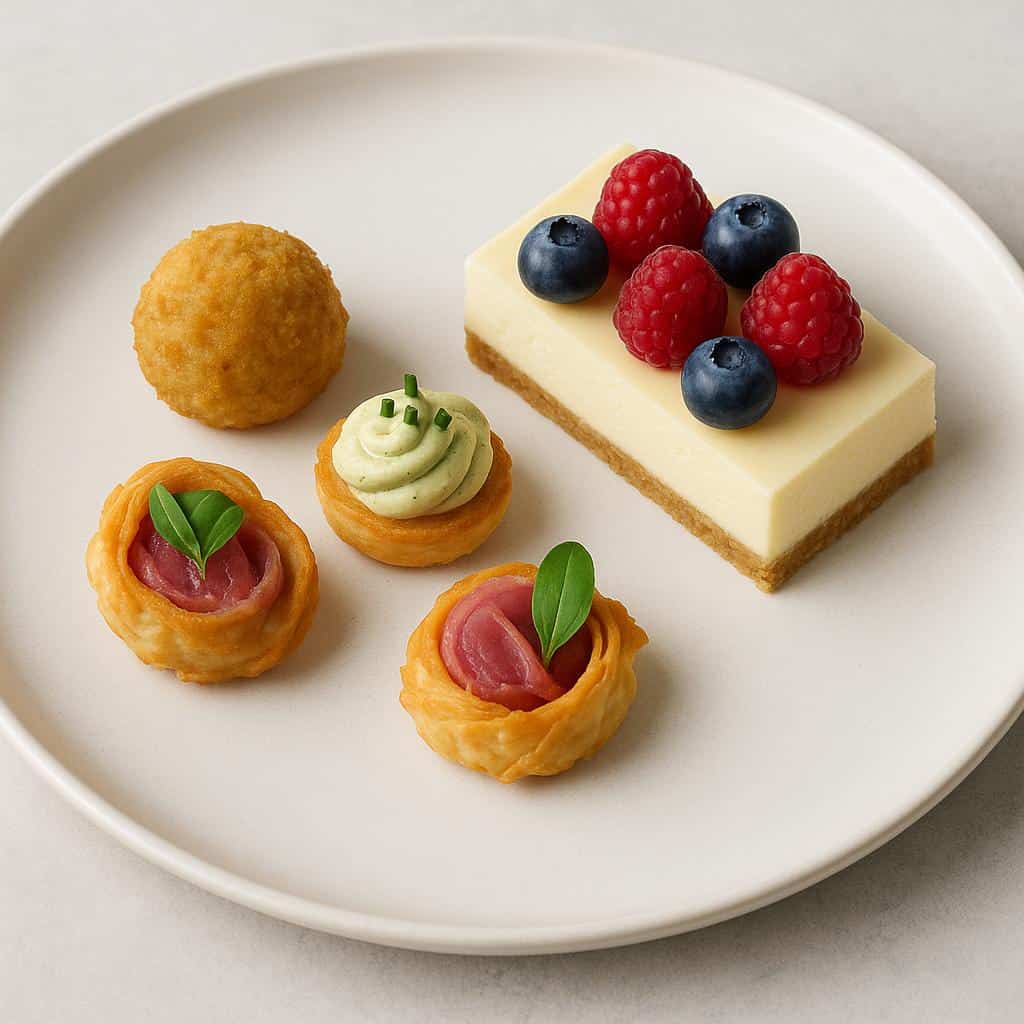
When arranging food, plating in odd numbers—such as groups of three or five—creates a visually engaging presentation that naturally captures attention. Odd-numbered arrangements introduce visual interest and dynamic balance, helping prevent monotony that can occur with even-numbered groupings. Consider appetizers plated as three distinct bites or desserts garnished with five berries; these arrangements feel inherently more appealing and thoughtfully composed than symmetrical pairs or evenly numbered groups. This subtle yet powerful technique engages your eyes, priming your brain to perceive the dish as more artful and interesting, significantly enhancing your anticipation and enjoyment of the meal.
6. Contrast Creates Visual Interest

Incorporating contrast into your plating immediately draws attention and heightens anticipation, making dishes visually exciting and more enjoyable to eat. Visual contrast can be achieved through differences in colors, textures, and even temperatures. For instance, pairing a crispy topping like toasted nuts or breadcrumbs with a creamy soup or soft pasta introduces delightful texture contrast, making the meal more intriguing. Similarly, vibrant, colorful vegetables placed alongside neutral-toned proteins—such as bright asparagus spears next to grilled chicken—provide visual vibrancy and excitement. These thoughtful contrasts captivate your senses, enhancing the perceived complexity and deliciousness of the food even before you taste it.
7. Clean Plate Edges Enhance Elegance

A clean, pristine plate edge makes a significant difference in how elegant and appetizing a dish appears. Even subtle spills, drips, or smudges along the rim can detract from the perceived quality and refinement of the presentation. In contrast, carefully wiping away excess sauce or crumbs from the plate’s border instantly elevates the visual appeal, giving the impression of meticulous preparation and attention to detail. Imagine the difference between a beautifully plated dessert with precise edges versus one with icing smudges or sauce drips—clean edges communicate quality and professionalism, enhancing diners’ expectations and appreciation of the meal.
8. White Space Highlights Sophistication
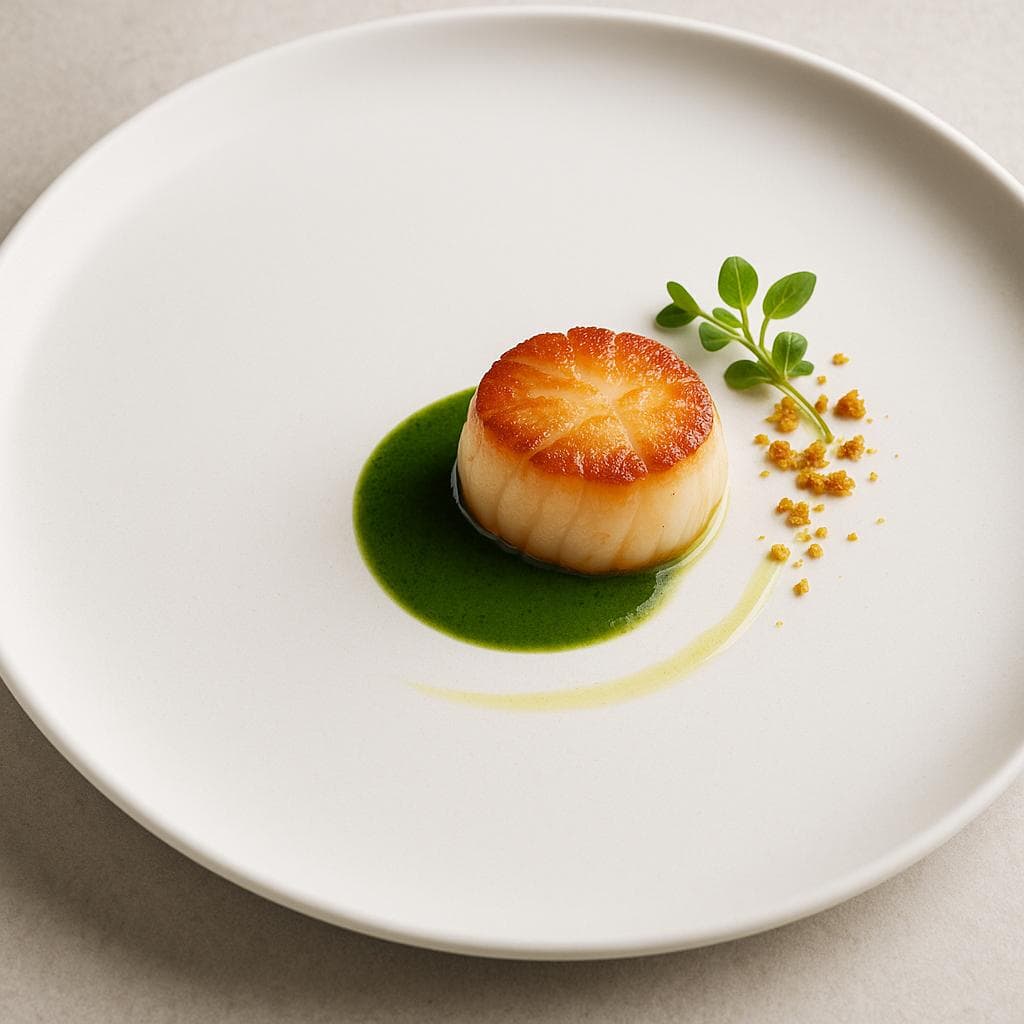
Strategically using white space on a plate isn’t just about minimalist style—it’s a powerful way to convey sophistication and refinement. Leaving ample empty space directs attention to the food itself, highlighting colors, textures, and careful arrangement. In contrast, overly crowded or cluttered plates can overwhelm diners, diluting visual impact and diminishing perceived quality. Consider the elegance of a dish featuring a perfectly cooked scallop artfully placed with intentional space around it versus one crowded with multiple garnishes and sauces. Adequate white space signals restraint, thoughtfulness, and precision, instantly elevating your dish from ordinary to extraordinary in diners’ eyes.
9. Plate Size Affects Portion Perception
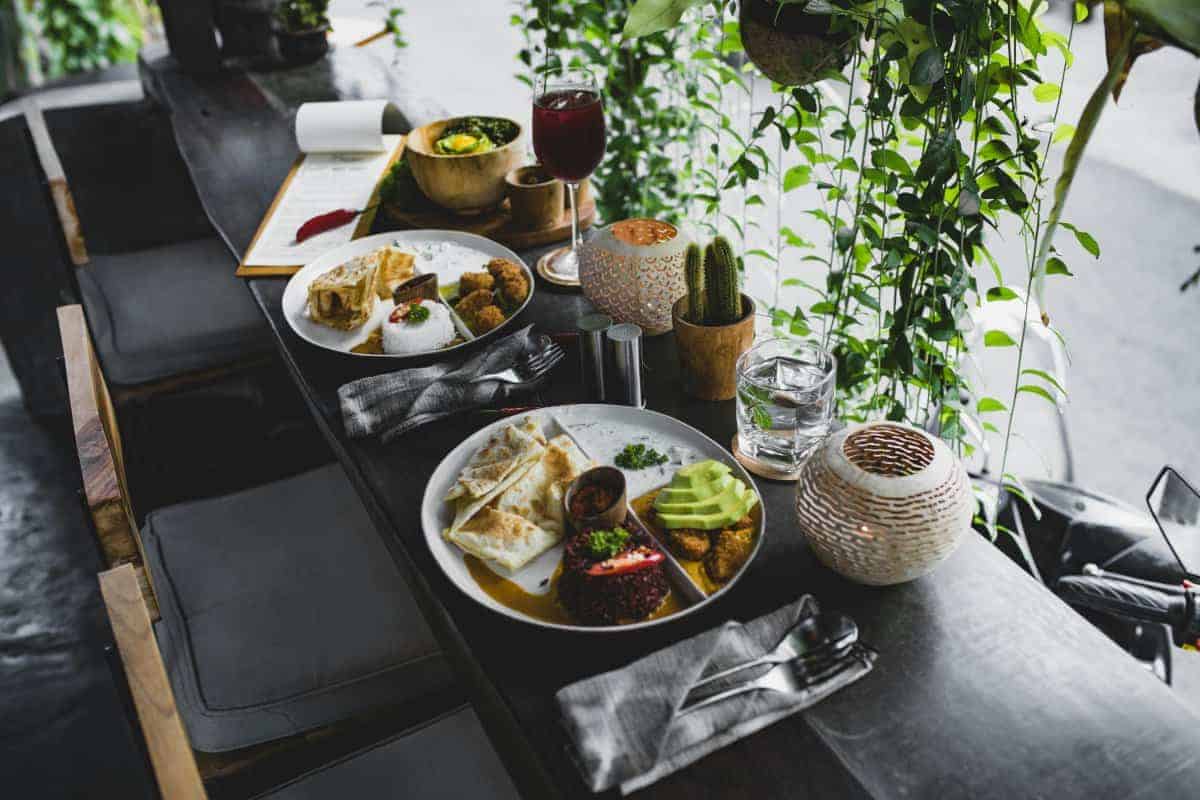
The size of your plate can dramatically alter how you perceive portion sizes, subtly influencing your eating behaviors. When the same portion is served on a smaller plate, it appears more substantial, tricking your brain into feeling more satisfied with less food. Conversely, larger plates can make identical portions seem insufficient, leading you to unconsciously eat more. Consider how a modest serving of pasta looks abundant on a smaller dish but sparse on a broad, oversized plate. By opting for smaller dinnerware, you naturally encourage healthier eating habits, effortlessly managing portion control without feeling deprived or unsatisfied.
10. Artistic Presentation Boosts Enjoyment
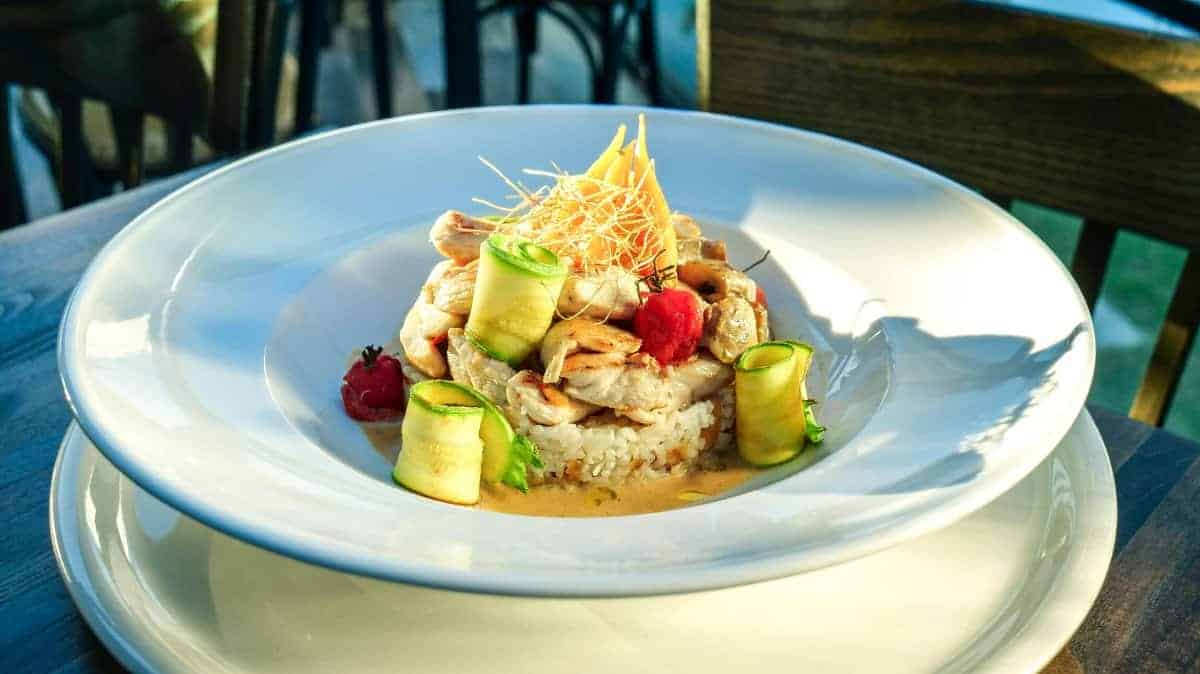
When food is presented artistically, resembling a beautifully crafted masterpiece, it evokes positive emotions that significantly enhance your dining experience. Artful plating—such as delicate drizzle patterns, vibrant edible flower arrangements, or intricate sauce designs—stimulates visual excitement and anticipation, heightening your perceived enjoyment and appreciation of each bite. Imagine the delight of seeing chocolate sauce elegantly swirled around a dessert, or fresh vegetables arranged in a colorful, abstract composition. Such creativity not only demonstrates care and passion from the chef but also engages your senses more deeply, transforming a simple meal into an extraordinary, memorable experience.
11. Visual Freshness Encourages Healthy Choices
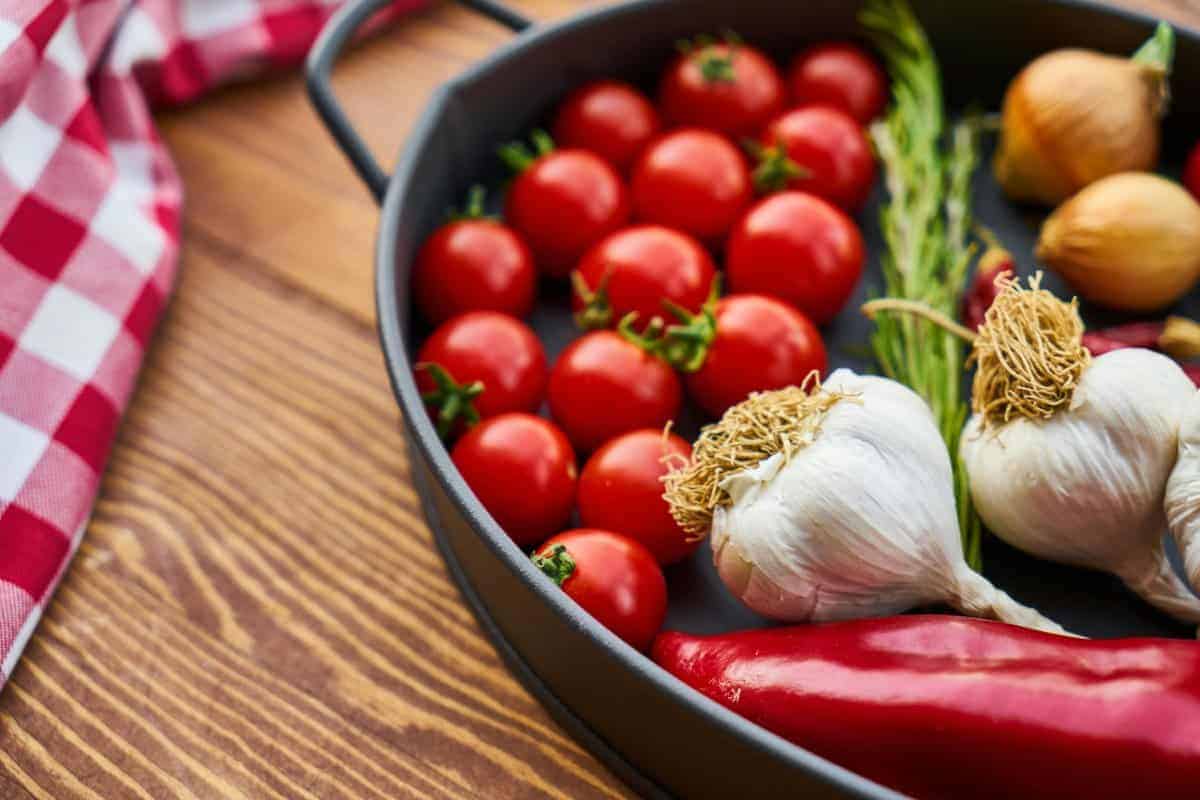
Bright, vibrant presentations of fruits and vegetables don’t just look appealing—they actively encourage healthier eating choices by signaling freshness, vitality, and wholesome nutrition. Colorful dishes brimming with crisp greens, deep red tomatoes, vivid bell peppers, or juicy, ripe berries instantly evoke perceptions of health and wellbeing. In contrast, dull, colorless vegetable presentations tend to diminish the perceived nutritional value and overall appeal. Imagine the difference between a vibrant rainbow salad bursting with fresh ingredients and a pale, limp vegetable platter. By emphasizing visual freshness, you’re naturally drawn toward nutritious options, effortlessly motivating healthier eating habits and greater meal satisfaction.
12. Edible Decorations Increase Value Perception

Adding elegant edible decorations to dishes instantly elevates their visual appeal, significantly increasing perceived value and enhancing diners’ enjoyment. Thoughtful touches such as delicate chocolate curls atop a simple mousse, intricately carved fruit garnishes decorating a dessert platter, or sugar-dusted berries arranged artistically around a cake transform ordinary dishes into luxurious culinary experiences. These visually enticing details convey care, creativity, and sophistication, prompting diners to perceive the meal as more upscale and special. By incorporating edible decorations, chefs and home cooks alike can effortlessly communicate quality, making meals feel indulgent and memorable, even before the first bite is savored.
Conclusion

From the color of your plate to artistic garnishes and thoughtful arrangements, food presentation profoundly influences your brain’s perceptions, enhancing both enjoyment and satisfaction. Simple visual techniques—such as creating height, incorporating symmetry, or using vibrant contrasts—can effortlessly elevate everyday dishes, encouraging healthier portion control and nutritious choices. By consciously applying these principles, you not only improve your dining experience but also cultivate mindful eating habits that benefit your overall wellbeing. Next time you’re preparing a meal, consider implementing these easy presentation strategies. Your eyes truly eat first—so why not make every meal visually delicious and deeply satisfying?





